What Are the Best Stones for Jewelry: A Guide to Necklaces and Bracelets

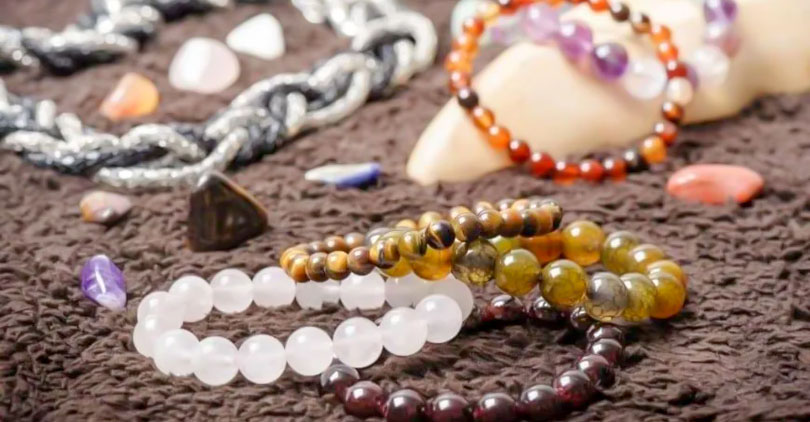
Are you in search of the perfect gemstones to embellish your bracelets or necklaces? Whether you adore jewelry or simply appreciate beautiful things, it's essential to pick stones that not only look good but also give off positive vibes –– if that's important to you.
So, where do you start when there are so many types out there? Right here! We're going to take an in-depth look at some of the most stunning gemstones used in jewelry, whether they're diamonds so bright they represent love and forever or emeralds so green because they supposedly have healing powers.
We'll explore what makes each type special and any meanings behind them –– hopefully inspiring your next jewelry buy. Join us for a journey into gems!
The Magic of Pearls
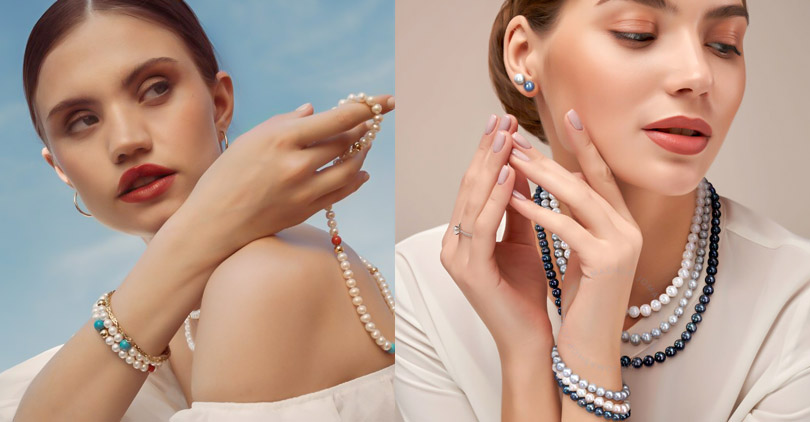
For centuries, people have been captivated by pearls. The way they shine with a variety of colors reminds us of the past – and their connection to living mollusks makes them unlike any other kind of gem: they're organic!
Because of this special origin, people consider pearl jewelry both pure and elegant. Many societies mark important events using these gems as symbols of sweetness, beauty, and goodness.
The Allure and Timeless Elegance of Pearls
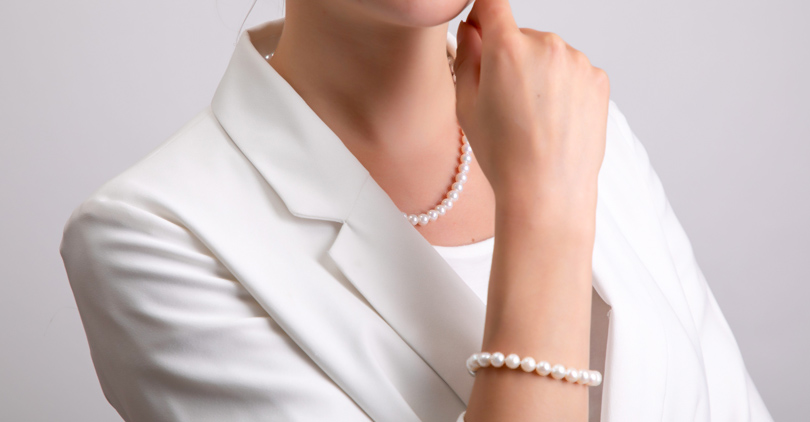
The appeal of pearls is their natural beauty. They have a gentle, shiny gleam and an even surface that reflects light well – so much so that they don't need to be faceted or polished like other gemstones. Their beauty doesn't go out of fashion either.
Pearl necklaces, earrings, and bracelets are classic pieces for good reason. Pearls have been worn by queens and princesses, used on bridal gowns, and passed down through families because they feel luxurious without being showy.
Different Types of Pearls
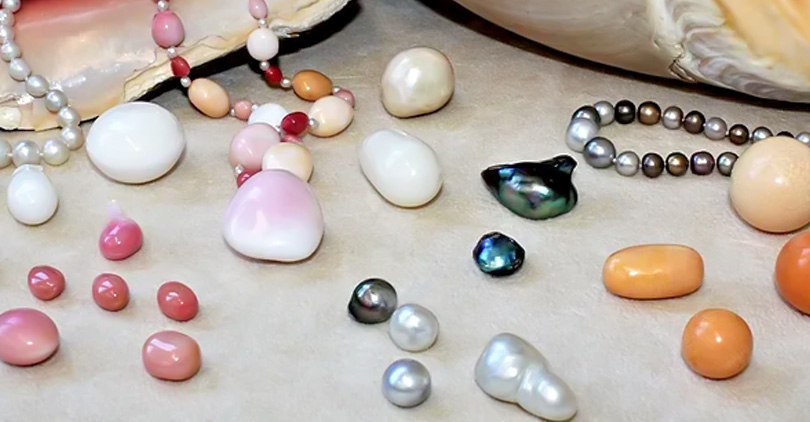
The enchantment of pearls can be attributed to their rare beginnings and the diverse range available, ensuring there is something for everyone's taste and style:
Freshwater Pearls
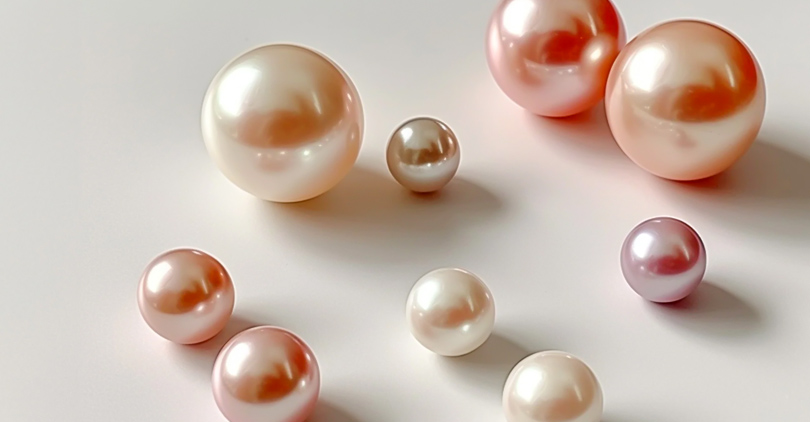
Mussels in rivers, lakes, and ponds produce freshwater pearls. These come in a wide array of sizes, shapes, and colors - everything from white to pink, lavender, or peach.
They tend to be less expensive than saltwater pearls, which means freshwater pearls are often used in both casual jewelry and fun, fashionable pieces for formal occasions.
Akoya Pearls
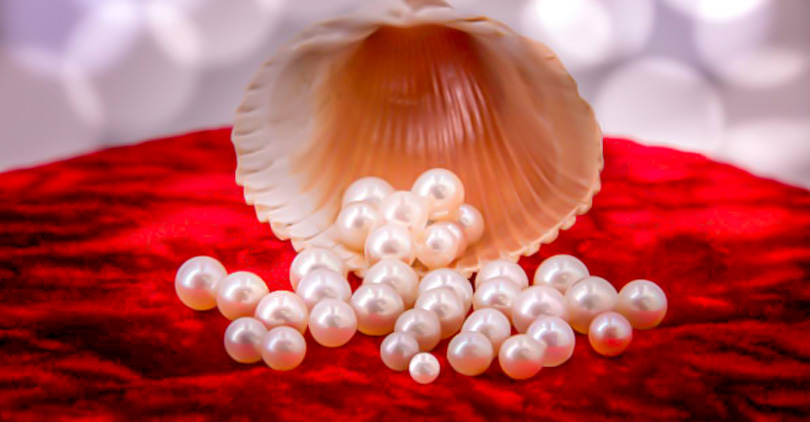
Japan and China are the main sources of Akoya pearls, which are grown primarily in saltwater oysters. Akoyas are famous for their perfectly round shape and high luster or shine.
Classic pearl coloration ranges from white to gold with rose overtones (a color seen more when compared side by side), as well as silver or cream overtones.
When people think of "pearls," they usually envision an Akoya pearl necklace. This type of cultured pearl is used by jewelers around the world to create beautiful (and expensive) strands of pearls for brides and graduates.
Tahitian Pearls
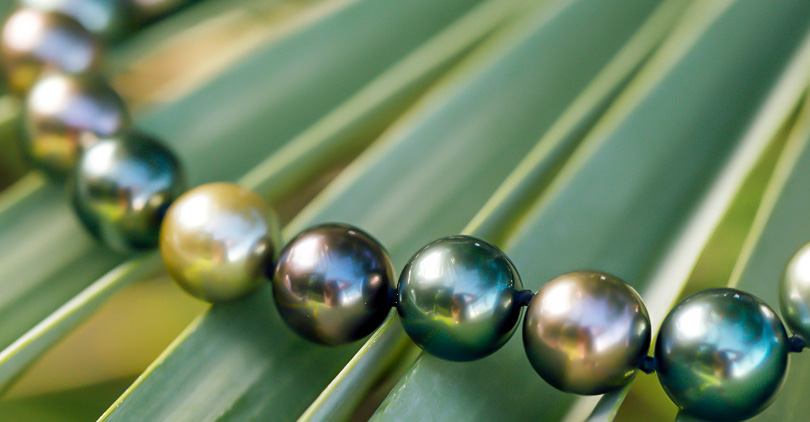
Also known as black pearls, these are grown in warm French Polynesian waters within the black-lipped oyster. Their exotic dark tones – which can include greens, blues, and eggplants as well as blacks – make them unique.
They also have more luster than other pearl types and are larger. Both attributes mean they make a bold statement in jewelry.
South Sea Pearls
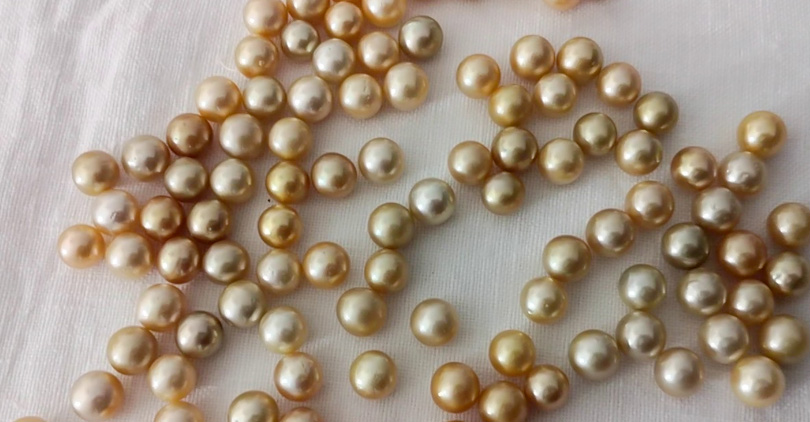
The rarest and largest cultured pearls come from white-lipped oysters found in Australia, Indonesia, and the Philippines. South Sea pearls come in silver, white, and gold shades.
Their size and satin-like luster are their defining characteristics. Considered the most luxurious cultured pearl type, it is frequently seen in high-end jewelry designs.
Other Top Stones for Jewelry
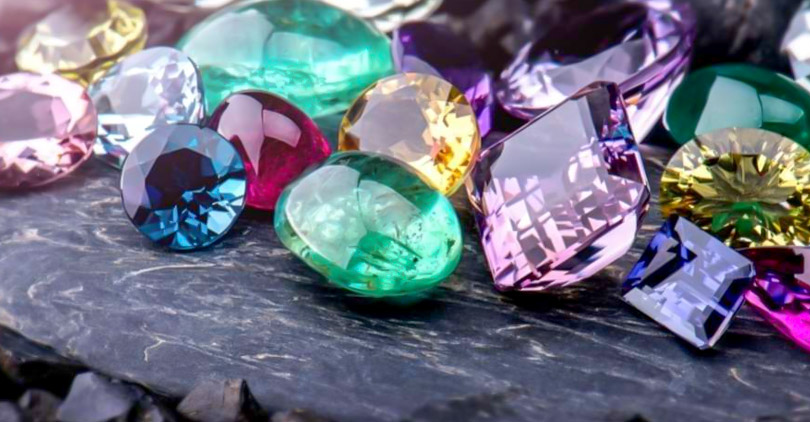
For centuries, people have used jewelry to show off how beautiful they are or how much money they have—or just to be different. Diamonds may get the most attention, but plenty of other sparkly stones come with their own appeal (and history), making them just as coveted:
Alexandrite: The Magical Color-Changing Gem
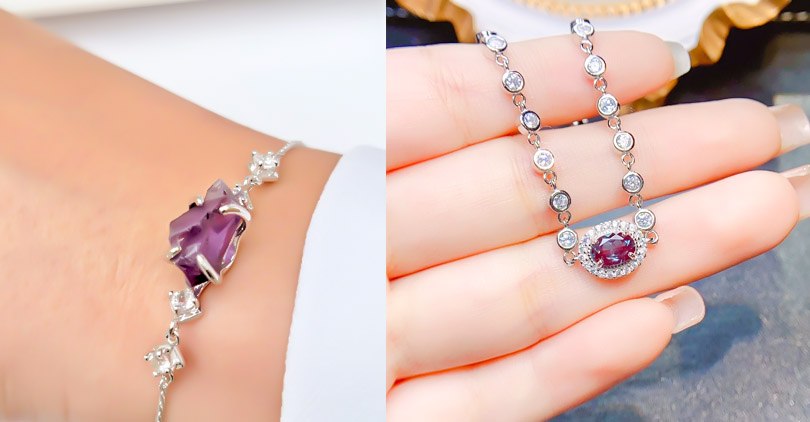
With its incredible color-changing abilities, alexandrite is like no other gem. In daylight, this precious stone from the chrysoberyl family appears green or blue-green.
But flick to incandescent light – provided by, say, an old-fashioned bulb – and it turns red or purplish-red. What's going on? Complex processes: the way alexandrite absorbs light does peculiar things to its colors.
First discovered in Russia's Ural Mountains in the 1830s, alexandrite is still exceedingly rare; for this reason alone, jewelers and collectors swoon over it.
Fine-quality examples of this phenomenal gemstone are prized for their dramatic color change as well as their scarcity.Unsurprisingly then, lots of fine jewellery designers love working with alexandrite: who could resist such a captivating stone?
Sets (think rings, earrings, and pendants) featuring alexandrites are up there on any connoisseur's wishlist of pieces to own that demonstrate "the alexandrite effect."
Tanzanite: The Deep Blue-Violet Treasure
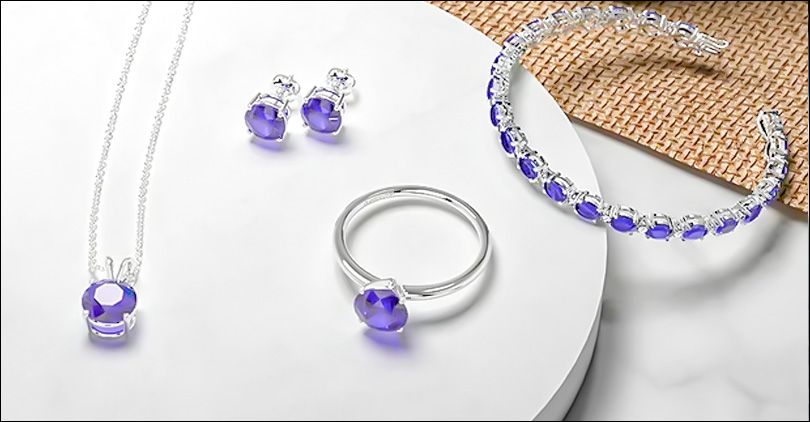
Discovered in the 1960s in Tanzania, tanzanite is a gemstone renowned for its deep blue-violet hue. This remarkable gem – a type of zoisite – can appear sapphire blue or intensely violet (or somewhere in between) depending on the angle and light source.
Vanadium is responsible for tanzanite's vibrant color. It is an extremely rare gem. Indeed, it is found only in a small area close to Mount Kilimanjaro.
Thanks to its rich coloration and restricted availability, tanzanite commands high prices. When adorning oneself with high-end jewelry such as necklaces, bracelets, and rings, there are few more show-stopping choices.
Sapphire: The Durable and Colorful Gem
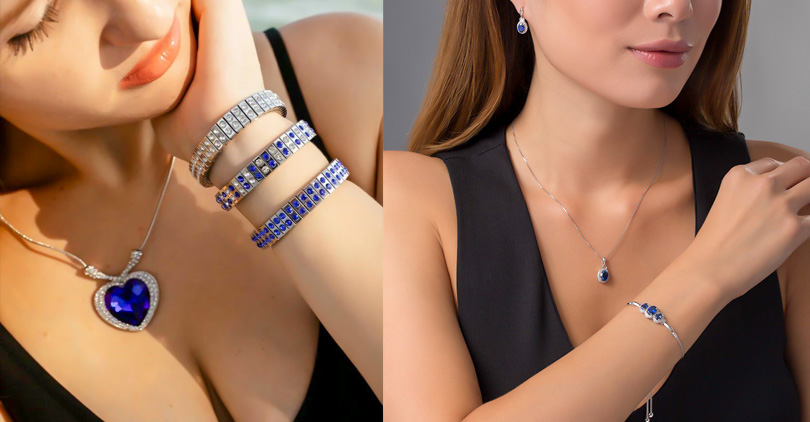
With its wide palette of colors and exceptional hardness, sapphire holds appeal for everyone. It is second only to diamond in durability, making it ideal for everyday jewelry such as engagement rings.
Most people know sapphire as being blue, but almost every color can be found in this gem (pink, yellow, green, and colorless). These hues are created by different trace elements present when the stone forms.
Sapphires from Myanmar, Sri Lanka, and Madagascar not only have cultural importance but also a rich history. Because they are both beautiful and extremely tough, sapphires make great gems for adornment purposes – you'd be hard-pressed to find anyone who doesn't like them!
Ruby: The Fiery and Tough Gem
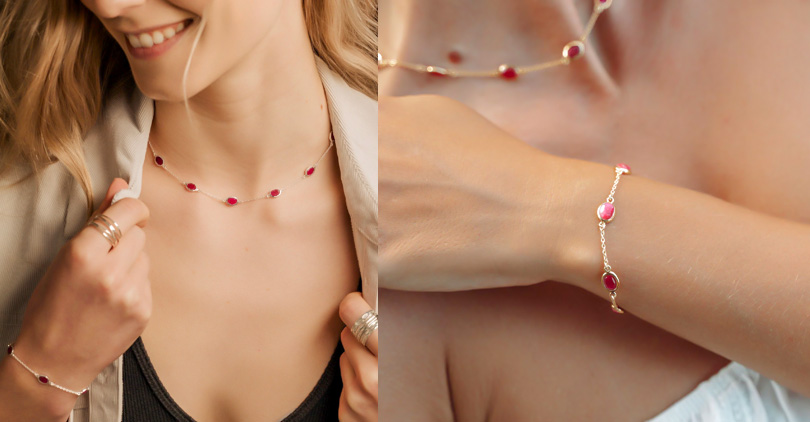
Rubies are very valuable and can last a long time because they are both hard – like sapphires – and resistant to scratching. They get their beautiful red color from chromium.
People have prized rubies for centuries: some cultures believe that rubies stand for power, passion, and wealth. Jewelers often use them in high-end jewelry such as necklaces, rings, and brooches because their intense sparkle draws attention.
When you see one flaming away on its own among diamonds or emeralds, it is breathtaking. The finest rubies from Myanmar are especially famous. They have an incredibly deep red hue that experts call "pigeon's blood."
Emerald: The Vibrant Green Gem of Elegance
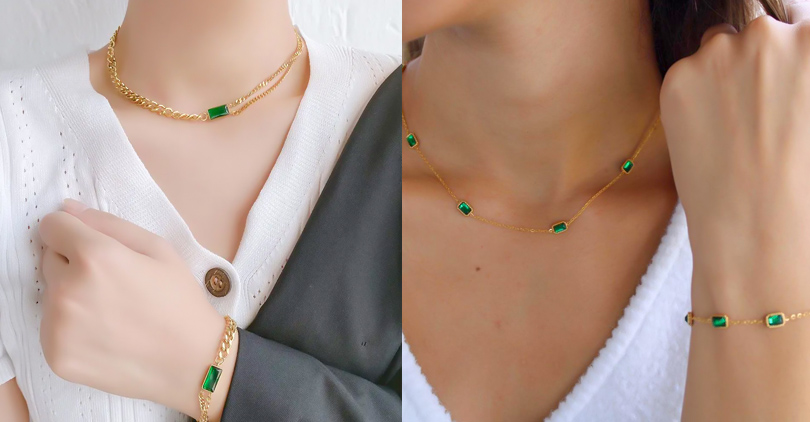
The lush green color of emeralds has fascinated people for centuries. Chromium and vanadium give emeralds their vibrant green hue. These gemstones, which are a type of beryl, often contain unique flaws known as inclusions — aptly called "jardin," or garden.
Emerald deposits are found in many places around the world, notably Colombia, Brazil, and Zambia. Although softer than rubies and sapphires, emeralds' beauty and historical allure have made them highly prized. They frequently appear in show-stopping custom pieces alongside other gems.
Think about rings worn by celebrities on the red carpet, as well as high-end earrings and necklaces. These can all be crafted with important stones that are perfectly matched for color – but there's nothing else quite like an exquisite emerald!
Choosing the Right Stone for Necklaces and Bracelets
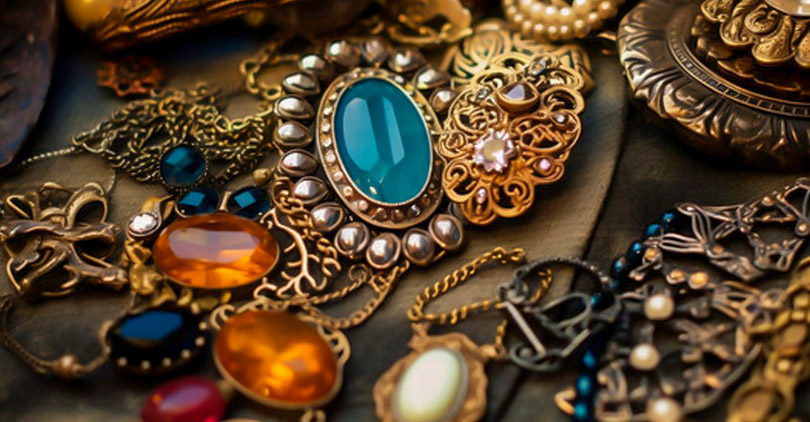
If you want to choose the right gemstone for bracelets and necklaces, it is not enough to simply pick one that looks pretty. You need to find a stone that matches your personal style, suits the event you're attending, and will last long enough for your needs.
By considering these factors, you'll be able to make an educated choice – and end up with jewelry you love wearing:
Personal Style

If you're into traditional elegance, pearls or sapphires might be a good fit for you. For something bold and modern, try tanzanite or alexandrite: their colors are super saturated.
Remember to think about your personal style when picking gemstones—they should go with what's in your closet (and make you feel like yourself when you wear them!).
Occasion

When it comes to everyday wear, harder gemstones such as diamonds or rubies would be a more practical choice - they're durable enough to withstand daily use.
For special events, on the other hand, you might prefer something a little more delicate, like emeralds or amethysts, which convey luxury and sophistication.
Considering the context in which you'll be wearing jewelry guarantees that it will always look appropriate as well as beautiful.
Durability
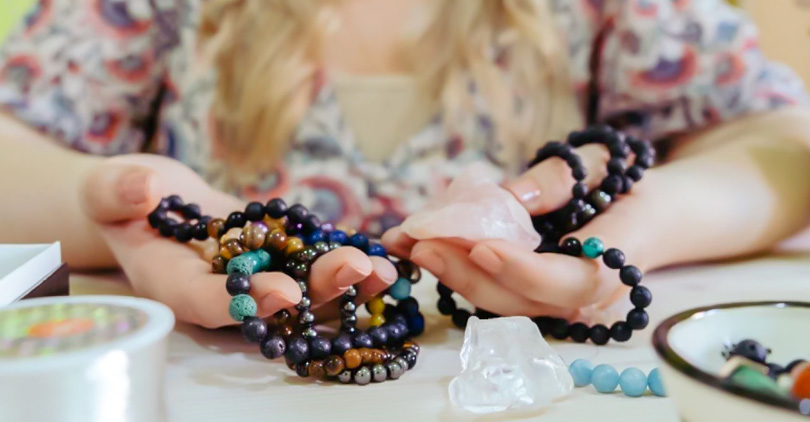
Consider durability, particularly for bracelets and necklaces that endure more activity. For frequently worn pieces, look into harder gemstones such as sapphires or rubies. Softer beauties can still work well in jewelry you wear less often—if you don't want to risk damaging them!
Changing the Look and Feel

When it comes to jewelry, don't underestimate the power of gemstones. They can completely change how an item looks. For example, a necklace with a classic deep blue sapphire is always going to look elegant.
But if you pick out opals in lots of different colors, you'll end up with something fun and unique—perfect for brightening up an outfit in your own way.
So yes, pay attention to gemstones—they can help show off your individual style better than you think!
Caring for Your Stone Jewelry
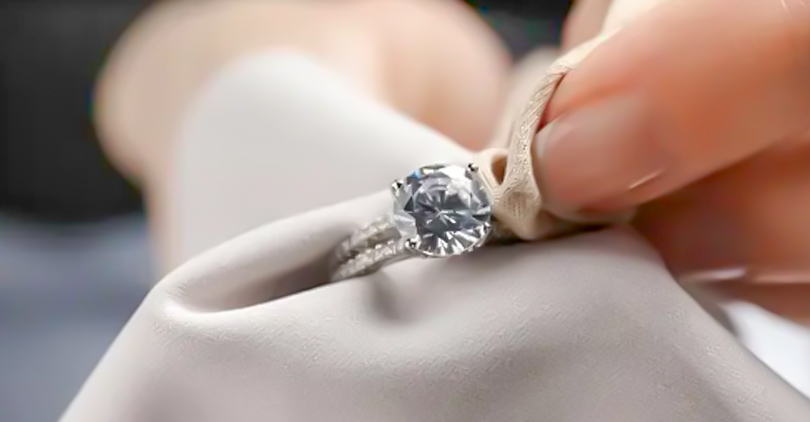
To preserve the beauty of your stone jewelry, it's important to clean and store it correctly. Follow these tips to keep your pieces looking fabulous: Cleaning Tips

· Stick with Soap and Water: Wash your jewelry gently in a mild-soap solution and use a soft brush if necessary.
· Steer Clear of Chemicals: Don't expose stones to bleach, ammonia or other harsh chemicals—they can pit or damage the fragile ones.
· Dry Well: After cleaning, pat-rather than rub-jewelry dry with a soft cloth; water droplets can cause spots or tarnish on metals.
Storage Suggestions
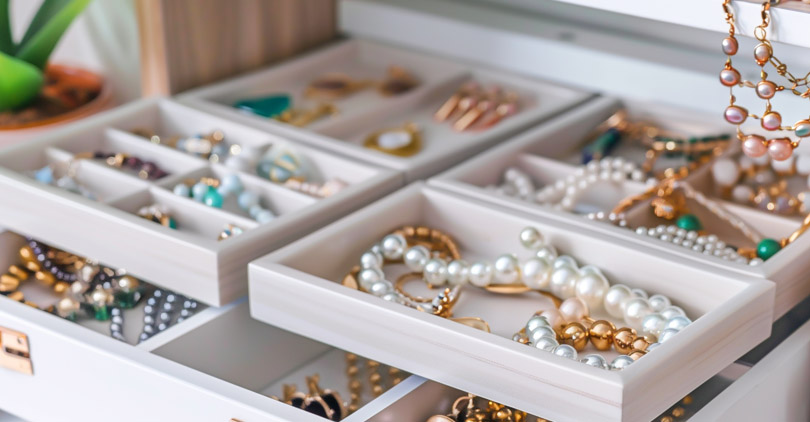
· Individual Storage: To avoid scratches, store each piece separately in its own compartment or a soft pouch.
· Keep Away from Sunlight: Jewelry should be kept in a cool, dark area so that it does not fade or become discolored.
· Anti-Tarnish Strips: These strips can be placed in your jewelry box to help prevent metal items from tarnishing over time.
By following these suggestions, you can maintain the shine and beauty of your gemstone jewelry for many years!
Conclusion
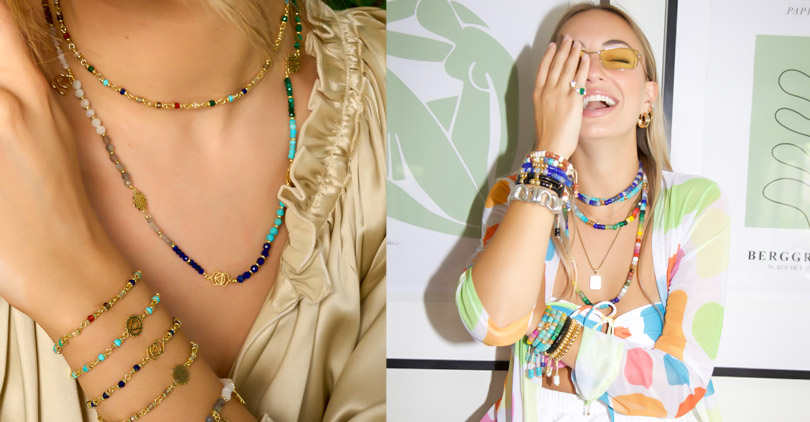
As you select gemstones for bracelets or necklaces, combine personal taste with practicality – while appreciating each stone's individual features.
Pearls offer timeless grace. Alexandrite appears in different colors in varying light. Tanzanite bursts with life. Sapphires resist wear and tear. Rubies flame brightly. Emeralds are richly green.
Understand why these stones are unique and how best to look after them – and you'll design beautiful items that complement your appearance, describing manmade artistry alongside natural loveliness.


Leave a Comment